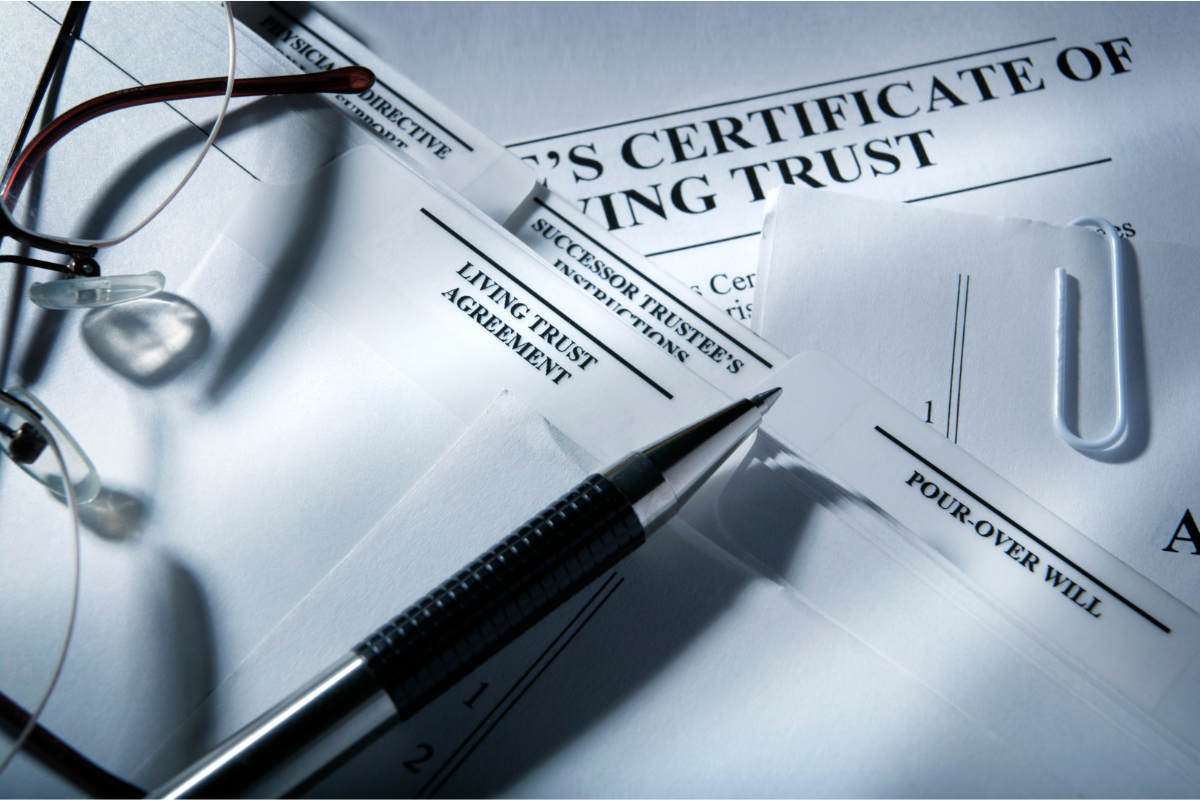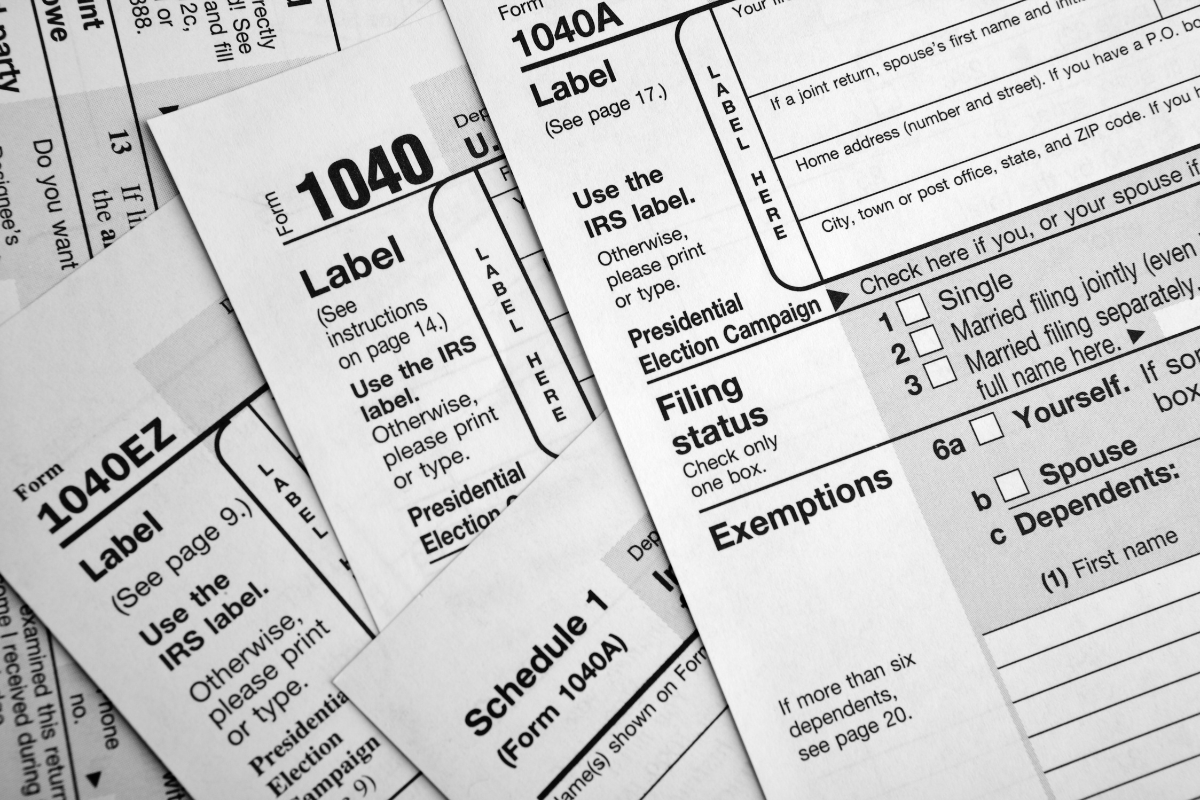Post Disclaimer: This blog reflects the author's personal experience with end-of-life matters and is provided in good faith for informational purposes only. While we aim to provide clear guidance on hard-to-find topics, this content is not legal advice and your use is at your own risk. Estate planning and end-of-life laws vary by location, so please consult your state's laws and seek guidance from a licensed attorney for your specific situation. We make no warranty about the accuracy or completeness of this information, which does not replace professional legal counsel. For more information, please see our full disclaimer.
Experiencing the loss of a loved one is an emotionally challenging time, made more overwhelming by the responsibilities that often follow.
Creating an estate asset inventory is a crucial step to ensure proper management and settlement of their affairs.
This inventory acts as the foundation for understanding the full extent of what needs to be handled, ranging from financial assets to personal belongings.
It's a daunting task but knowing where to start and what to include can provide some clarity in a difficult time.
You're not alone in this process, and we're here to help you navigate the path ahead with practical guidance and support.
To ease the burden, understanding executor's legal responsibilities and managing grief while fulfilling estate duties can be instrumental in managing both the emotional and logistical aspects of this journey.

Understanding Estate Asset Inventory
Grieving the loss of a loved one is challenging enough without the added complexities of estate management.
However, an estate asset inventory serves as a crucial tool in navigating the aftermath.
It's more than just a list; it's a foundation for legal closure and emotional relief.
Definition and Purpose
The essence of an estate asset inventory is simple, yet impactful. It details all assets and liabilities of a deceased individual, offering a comprehensive look at their estate.
Picture it as the roadmap to managing their affairs effectively, from financial holdings to personal items.
This inventory isn't just about collecting the pieces of the deceased's life; it's about setting the groundwork for executing their final wishes.
In fact, creating a detailed inventory can streamline many processes in estate planning and even affect immediate decisions.
To understand more about what typically goes into this, SmartAsset provides an extensive overview on what is included in an estate inventory.
Emotional and Legal Necessity
Emotionally, the creation of this inventory can be cathartic—it helps mourners connect with memories while organizing tangible aspects of their legacy.
Legally, this inventory paves the way for smoother administration during probate. It assists in avoiding potential disputes among heirs and ensures transparency during the distribution process.
This can be quite beneficial in addressing the intricate aspects of estate planning, much like starting with sorting through immediate tasks with a death of a family member checklist.
Grief can cloud judgment, making it all too easy to overlook important details.
But an organized approach, like drafting an estate asset inventory, ensures nothing is missed and every item finds its rightful home.
Consider it a way to honor your loved one's legacy comprehensively while fulfilling necessary duties with less burden on your heart.
For a deeper dive into crafting a thorough inventory, exploring sources like Nestegg's guide on estate planning or probate can be enlightening.

Steps to Create an Estate Asset Inventory
Creating an estate asset inventory is like piecing together a puzzle, except this puzzle reflects a life once lived.
It's a significant responsibility that demands attention to detail and empathy.
A solid inventory ensures the process of estate settlement is orderly and respectful.
This section will help you navigate the necessary steps and clarify what's involved in crafting this comprehensive inventory.
Gathering Necessary Documents
Gathering the right documents is foundational in building an accurate estate asset inventory.
Here’s what you’ll need:
- Will and Trust Documents: These outline the wishes of the deceased and any specific bequests. They form the legal backbone of the inventory process. Understanding the nuances of wills can guide you at this stage; more insights on this can be found in Do You Need a Will? Essential Facts About Estate Planning.
- Financial Records: Include bank statements, investment portfolios, retirement account details, and insurance policies. These records reveal the monetary assets tied to the estate.
- Property Deeds and Titles: Gather these for any real estate owned. They confirm ownership and are critical for assessing value. For filing a probate inventory that involves such documents, explore this guide on how to file an estate probate inventory.
- Outstanding Debts: This includes statements for credit cards, mortgages, and personal loans—essential for understanding the estate's liabilities.
Having a well-organized set of documents can prevent oversight and simplify the inventory creation process.
Identifying and Valuing Assets
Identifying and assigning a value to each asset is the logical next step. But how do you get an accurate picture of value?
Here’s how to proceed:
- Categorize Assets: Start by dividing assets into tangible (e.g., real estate, vehicles) and intangible (e.g., stocks, bonds). This organization aids in comprehensive listing and valuation.
- Market Appraisals: For valuable items like real estate and collectibles, obtaining professional appraisals can provide precise valuations. This approach is key for high-value items where market fluctuations can affect estimates.
- Consult Financial Experts: For complex assets or when you're unsure about valuations, turn to financial advisors or estate appraisers. Their expertise ensures accuracy and might save you from disputes later on.
Understanding each asset's true value is crucial for achieving legal clarity and maintaining fairness among heirs.
You may find it beneficial to know how a probate inventory is prepared.
Documenting the Inventory
Once assets are identified and valued, meticulous documentation is crucial.
This inventory not only keeps everything organized but also avoids misunderstandings:
- Digital Documentation: Use spreadsheets or dedicated estate planning software to maintain a clear, accessible record. Digital formats can be easily updated and shared with stakeholders.
- Physical Records: While digital is modern, keeping hard copies stored safely—in a binder or a safe—can be a reliable backup in case of technical failures.
- Regular Updates: As the estate settles, adjust the inventory to reflect changes in asset values or itemization. Keeping the inventory current ensures ongoing accuracy in the estate process.
Effective documentation is like drawing a road map—it's beneficial when navigating through complex terrains.
By using both digital and physical methods, you ensure resilience against unexpected setbacks.
For more detailed guidance, there’s helpful advice on creating an inventory of assets.
Establishing a comprehensive estate asset inventory after a loss is a significant but rewarding task.
With these clear steps, you'll be able to honor a loved one’s memory while fulfilling essential legal obligations, all while maintaining peace of mind throughout the process.

Managing Emotional Challenges During Inventory Creation
The task of creating an estate asset inventory after losing a loved one is not just a logistical challenge but an emotional one too.
When you're in the midst of grief, organizing assets can be overwhelming.
It might bring memories to the surface and introduce emotional exhaustion as you navigate the decision-making process.
Here are practical suggestions on managing these feelings while juggling estate responsibilities.
Processing Grief While Organizing
Finding a balance between grieving and fulfilling your duties can be tough.
You're not only processing a profound loss but also handling a weighty responsibility.
Here are some strategies to support you:
- Accept Your Emotions: Understand that feeling a mix of sadness, frustration, or even anger is normal. Allowing yourself to experience these emotions can be the first step to overcoming them. Pretending they don't exist will only make things harder in the long run.
- Set Realistic Expectations: It's tempting to tackle everything at once, but that's a recipe for burnout. Break tasks into bite-sized pieces and celebrate small victories. This approach can make a mountain of responsibilities seem more like a series of manageable hills.
- Seek Support: You're not alone in this journey. Consider reaching out to friends and family for help, whether for emotional support or practical tasks. You can also explore external resources, such as the Death Notification Checklist, to streamline some of the paperwork involved. Additionally, professional support is crucial to consider, and articles like How to Manage Your Grief and Be an Executor provide valuable insights into managing emotional challenges.
- Practice Self-Care: Take regular breaks and engage in activities that you find restorative. Whether it's a walk in the park, meditation, or simply listening to music, finding moments of peace can refresh your spirit. Websites such as Burns & Levinson offer mental health tips for dealing with the probate process, which might provide additional coping mechanisms.
Managing the emotional challenges during this time is about more than just organizing physical items; it’s like piecing together your heart as you piece together your loved one’s estate.
Taking things step by step, leaning on support, and giving space for your feelings can ease the burden on your heart and mind.
Take it one day at a time and know that it's okay to seek help, both legal and emotional.

Legal Considerations and Responsibilities
Navigating the legal landscape of estate management is a significant part of the executor's role.
These legal elements are essential for ensuring the estate is properly handled and the deceased's wishes are respected.
By understanding these responsibilities, you'll be well-prepared to manage the complexities that come with this process.
Executor's Role and Legal Framework
The executor of an estate serves as the cornerstone in the asset inventory process.
They carry out the will's stipulations and ensure the estate is administered correctly.
Understanding the executor's duties is crucial because their actions directly affect how assets are distributed and managed.
Executors must:
- Identify and Collect Assets: It's their job to gather all relevant documents and property belonging to the deceased.
- Safeguard and Manage Assets: Keeping the estate's assets secure until they are distributed is critical.
- Pay Debts and Taxes: Executors settle all outstanding debts and taxes before distributing the remainder to beneficiaries.
- Distribute Assets According to the Will: This is often the most emotional and complex part of their role.
For a deeper understanding, reviewing detailed guides like the Executor's Legal Responsibilities: Estate Settlement Guide 2024 or Forbes's outline on what an executor does can be tremendously beneficial.
Obtaining Letters of Testamentary
The legal process cannot proceed effectively without obtaining Letters of Testamentary.
These letters are the official documents the probate court issues to empower the executor with the authority to manage and distribute the estate's assets.
It is fundamental because:
- Legal Authority: Provides the legal right to act on behalf of the deceased's estate.
- Access to Financial Accounts: Banks and financial institutions often require this document to release funds or information.
- Handling Real Estate: Allows the executor to transfer or sell the deceased’s property as per the will's instructions.
Securing these letters can often be a straightforward process if proper documentation is in place.
To better understand this crucial step, consider exploring resources like Understanding Letters of Testamentary: A Complete Guide or see What Is a Letter of Testamentary and Why Do You Need One.
By understanding these primary legal responsibilities, you can navigate the estate settlement process with greater clarity and confidence, ensuring that your loved one's legacy is managed with honor and respect.

Final Steps and Distribution of Assets
Finalizing an estate involves more than just listing assets and debts; it's about wrapping up the administrative details and ensuring that everything is distributed according to the deceased's wishes.
This phase, while procedural, is deeply personal and requires sensitivity and accuracy to respect the legacy left behind.
Preparing for Asset Distribution
Before assets find their new owners, it's crucial to get everything in line.
Ensuring clear communication among heirs is vital to avoid misunderstandings or disputes.
Here’s what needs to happen:
- Communication Among Heirs: Open and clear communication with beneficiaries helps manage expectations and address any disputes that may arise. Keeping everyone informed can prevent conflicts and ensure a smooth transfer of assets.
- Payment of Debts: Settlement of debts is paramount. Ensure all outstanding liabilities, such as credit card debts, mortgages, and loans, are paid. The estate cannot be distributed until these debts are resolved, which is fundamental for clear title transfer. Relevant resources such as this guide on probate asset distribution can provide more insights.
- Filing of Taxes: Don’t forget the tax obligations. Completing the necessary tax returns for the deceased and the estate itself is crucial to prevent future complications. Proper documentation simplifies closing this chapter of the estate process.
A methodical approach to these steps ensures that everything is wrapped up neatly, honoring the deceased's intentions and fostering peace among heirs.
Seeking Professional Assistance
Handling a large or complex estate can be overwhelming, even when you think you have everything under control.
Professional assistance can make a significant difference.
Here's why you should consider it:
- Legal Expertise: An attorney can navigate the intricate legal terrain smoothly, especially with complex estates. They can assist with filings, mediating family communications, and ensuring compliance with state laws. For more insight on estate planning, visit Do You Need a Will? Essential Facts About Estate Planning.
- Financial Guidance: A financial advisor or estate planner can offer valuable advice on asset management and tax implications, helping preserve the estate's value and ensuring equitable distribution.
- Peace of Mind: Relying on professional guidance can relieve stress, enabling you to focus on the emotional healing process rather than the technicalities of estate management.
Professional advice acts as a safety net, offering clarity and direction during an otherwise daunting task.
Whether the estate is simple or complex, knowing when to seek help can transform the experience from overwhelming to manageable.
Integrating these final steps with careful planning ensures that asset distribution aligns with the deceased’s desires and legal obligations.
It's about respecting their legacy and making sure everyone involved finds closure in the process.

Wrap-up: Estate Asset Inventory
Completing an estate asset inventory is a crucial task that ensures clarity and peace of mind at a difficult time.
This process not only secures a legal and organized distribution of assets but also honors the legacy of your loved one.
As you manage this, remember the importance of balancing responsibilities with taking care of yourself emotionally.
Seeking guidance through resources like understanding the executor's legal responsibilities can support you.
Each step you take towards compiling assets helps pave a smoother path forward.
Engage with family, lean on support networks, and don’t hesitate to seek professional help if needed.
By choosing to create a comprehensive and orderly estate asset inventory, you are giving yourself the opportunity to reflect on cherished memories while fulfilling your obligations.
This journey allows not just for closure but also a celebration of life that has passed, providing a foundation to build upon for future planning.
Check out the Up & Doing glossary page for an alphabetical listing of key terms related to estate administration, funeral planning, and other end-of-life topics.




